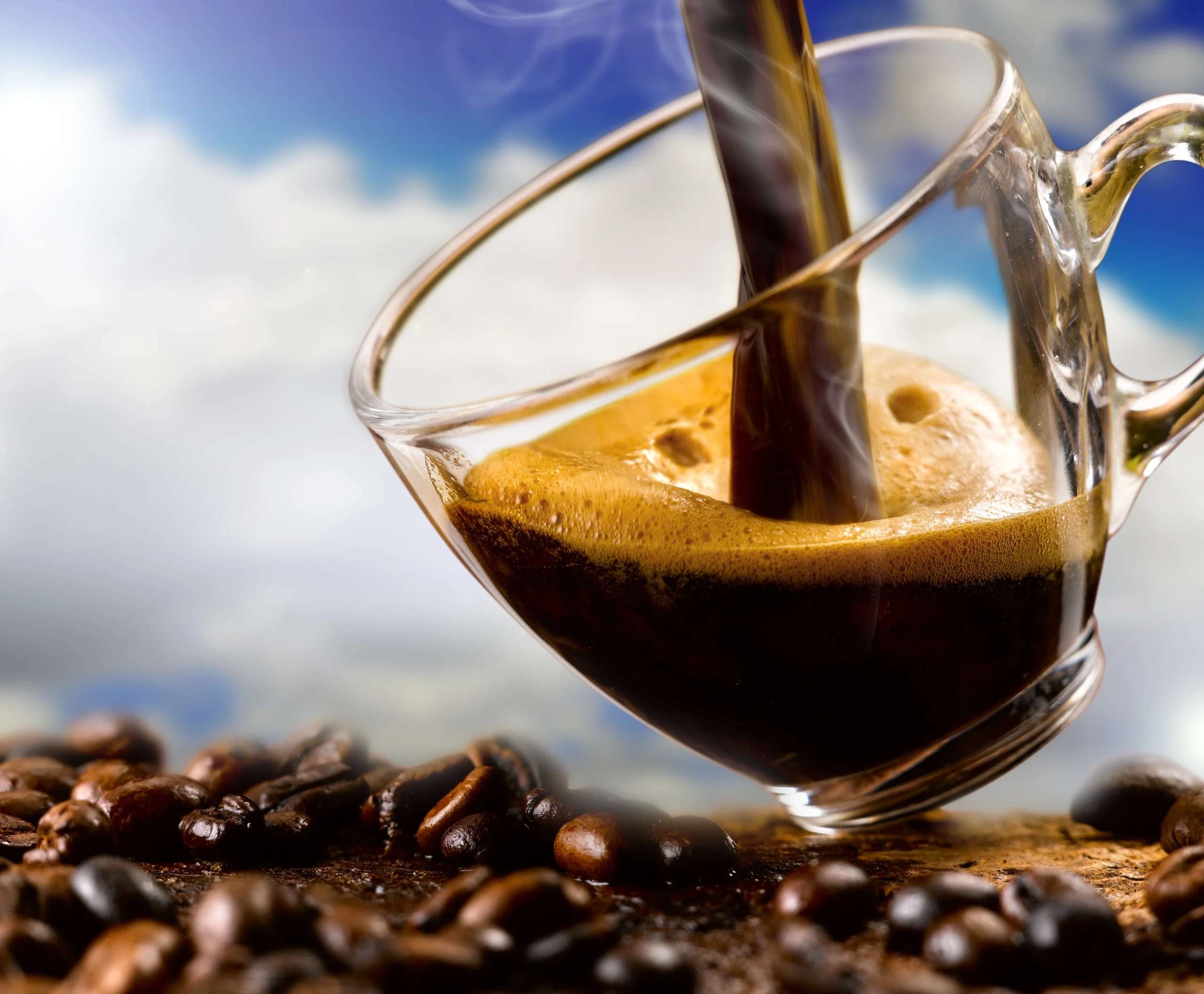Coffee is not just a drink—it’s a culture, an experience, and for many, a daily ritual. But coffee isn’t a one-size-fits-all beverage. The way it’s brewed significantly affects its taste, strength, texture, and aroma. From the strong and concentrated espresso to the smooth and subtle drip coffee, each brewing method offers a unique flavor profile and experience.
Whether you’re a casual coffee drinker or an aspiring barista, understanding the differences between brewing methods can help you find your perfect cup. In this article, we’ll explore the main coffee brewing techniques, focusing on drip coffee, espresso, and other popular methods.
Drip Coffee (Pour-Over or Filtered Coffee)
What It Is:
Drip coffee, also known as filtered or pour-over coffee, is one of the most common brewing methods in the world. Hot water is poured over ground coffee, which sits in a paper or metal filter. Gravity pulls the water through the grounds, extracting the flavor as it drips into a carafe or cup below.
Key Characteristics:
- Flavor: Clean, smooth, and often more subtle
- Texture: Light-bodied with clear separation between flavors
- Caffeine: Moderate to high, depending on the amount brewed
- Time: 3–5 minutes
Popular Devices:
- Chemex
- Hario V60
- Kalita Wave
- Automatic drip machines
Who It’s For:
Perfect for those who enjoy a clean, aromatic cup and appreciate nuanced flavors.
Espresso
What It Is:
Espresso is a highly concentrated coffee made by forcing hot water through finely ground coffee under high pressure. This method produces a small shot (usually 1 oz) of rich, intense coffee with a characteristic layer of crema on top.
Key Characteristics:
- Flavor: Bold, intense, and often slightly bitter
- Texture: Thick and syrupy
- Caffeine: High per ounce, but lower total caffeine per cup than drip
- Time: 25–30 seconds per shot
Equipment:
- Espresso machines (manual, semi-automatic, or automatic)
Who It’s For:
Ideal for people who love strong coffee or use espresso as a base for drinks like lattes, cappuccinos, and Americanos.
French Press (Press Pot)
What It Is:
The French press uses immersion brewing. Coarsely ground coffee is steeped in hot water for about four minutes before a plunger is used to separate the grounds.
Key Characteristics:
- Flavor: Full-bodied and rich
- Texture: Slightly gritty, with natural oils retained
- Caffeine: Comparable to drip coffee
- Time: 4–5 minutes
Equipment:
- French press (also called a cafetière)
Who It’s For:
Great for coffee lovers who enjoy a robust, textured cup with more body and depth.
Moka Pot (Stovetop Espresso)
What It Is:
Popular in Italy and Latin America, the Moka pot brews coffee using steam pressure. Water in the bottom chamber heats up, creating steam that pushes through coffee grounds into the top chamber.
Key Characteristics:
- Flavor: Strong and bold, similar to espresso but less refined
- Texture: Thick, slightly bitter
- Caffeine: High per serving
- Time: 5–10 minutes
Equipment:
- Moka pot (such as Bialetti)
Who It’s For:
Perfect for fans of strong coffee who want espresso-like results without a machine.
AeroPress
What It Is:
The AeroPress is a relatively new manual brewing device. Ground coffee is steeped in hot water for a short time, then forced through a filter using air pressure.
Key Characteristics:
- Flavor: Clean and rich, customizable
- Texture: Between espresso and drip
- Caffeine: Moderate to high
- Time: 2–3 minutes
Equipment:
- AeroPress, filters, and stirrer
Who It’s For:
Great for travelers or home brewers who want quick, delicious coffee with flexibility in strength and taste.
Cold Brew
What It Is:
Cold brew is made by steeping coarse coffee grounds in cold water for 12 to 24 hours. The resulting coffee is then filtered and served cold.
Key Characteristics:
- Flavor: Smooth, mellow, less acidic
- Texture: Light, but bold
- Caffeine: Very high due to long steeping
- Time: 12–24 hours
Equipment:
- Cold brew pitcher or jar, filter bags
Who It’s For:
Ideal for those who enjoy iced coffee with a smooth finish, or need a less acidic option.
Turkish Coffee
What It Is:
A traditional method in the Middle East and Eastern Europe, Turkish coffee is made by boiling very finely ground coffee with sugar and spices in a small pot (cezve), then poured unfiltered into a cup.
Key Characteristics:
- Flavor: Rich, thick, often sweet and spiced
- Texture: Gritty, with grounds in the cup
- Caffeine: High
- Time: 5–7 minutes
Who It’s For:
For those who appreciate bold flavors and cultural traditions in their cup.
Comparing Methods at a Glance
| Method | Flavor Profile | Body | Brew Time | Equipment Needed |
|---|---|---|---|---|
| Drip Coffee | Clean, aromatic | Light | 3–5 min | Filter, carafe |
| Espresso | Bold, intense | Syrupy | 25–30 sec | Espresso machine |
| French Press | Rich, full-bodied | Heavy | 4–5 min | Press pot |
| Moka Pot | Strong, bitter | Medium-heavy | 5–10 min | Moka pot |
| AeroPress | Clean, rich | Medium | 2–3 min | AeroPress |
| Cold Brew | Smooth, mellow | Light | 12–24 hrs | Jar, filter |
| Turkish | Sweet, spiced | Thick | 5–7 min | Cezve (small pot) |
Choosing the Right Brew for You
With so many brewing options available, there’s no need to stick to just one method. Each technique brings out different aspects of coffee, from subtle aromas to rich textures. Whether you prefer the bold intensity of espresso, the clean profile of drip coffee, or the richness of a French press brew, experimenting with different methods can open up a world of flavor possibilities.

